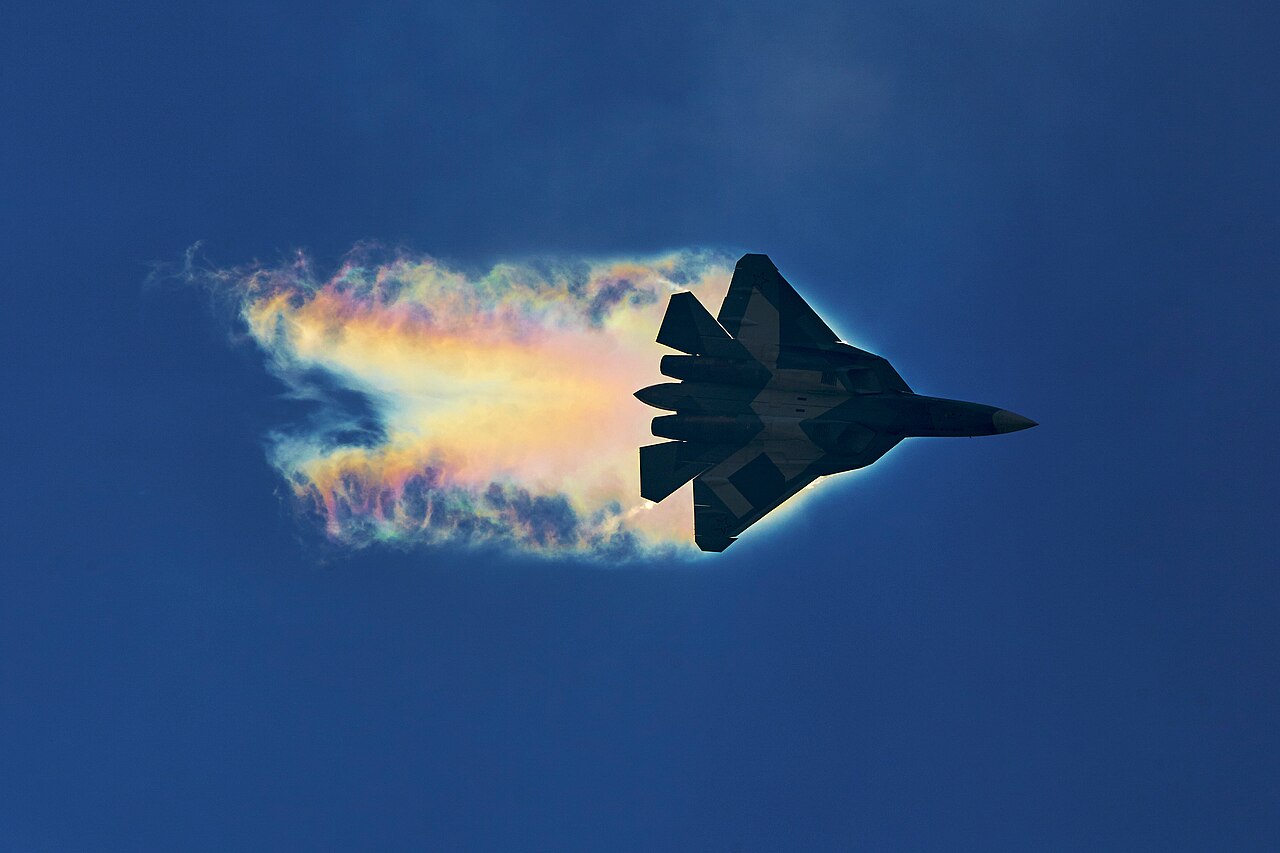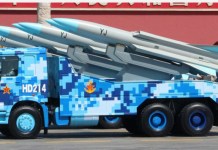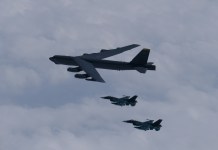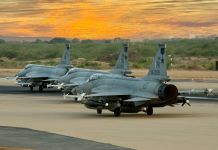Moscow has announced a major development in its efforts to bolster the production of its beleaguered Su-57 stealth fighter fleet. The Komsomolsk-on-Amur Aviation Plant (KnAAZ), a key facility within the United Aircraft Corporation (UAC), has commissioned new facilities aimed at scaling up the production of the fifth-generation Su-57 fighters.
This move is seen as a crucial step in addressing the longstanding challenges that have plagued the Russian stealth fighter program.
The UAC, part of the Rostec State Corporation, reported that the new facilities at KnAAZ include buildings dedicated to fuel system development and the completion of the first stage of a boathouse for testing avionics.
The commissioning of the new facilities coincides with the enterprise’s 90th anniversary, marking a crucial milestone in its history.
The expansion and modernization of the KnAAZ plant were funded through a multi-year investment program that drew substantial state funding alongside the corporation’s own investments.
The General Director of UAC, Yuri Slyusar, emphasized the importance of these upgrades, noting that the technical re-equipment and expansion have created a cutting-edge, high-tech production facility for modern aviation complexes.
This development is a pivotal moment for Russia’s Su-57 program, which has faced numerous delays and production issues over the years.
The Su-57, designed to compete with advanced Western stealth fighters like the US F-22 Raptor and F-35 Lightning II, has struggled to achieve its production goals. Only a limited number of aircraft have been delivered to the Russian Air Force since the program’s inception.
In addition to the newly commissioned facilities, UAC has also revealed plans to further enhance the plant’s capabilities. A new hangar for testing systems and conducting ground tests on the Su-57 is set to be operational soon.
KnAAZ Director Alexander Pekarsh said the next phase involves reconstructing the existing hangar to facilitate the development of aircraft systems and further expand the plant’s capacity.
Moreover, KnAAZ plans to undertake a third stage of electroplating production and initiate a major reconstruction of other facilities.
With continued state support, these developments are expected to significantly improve the Su-57’s production output, providing a much-needed boost to Russia’s stealth fighter fleet.
Russia Keeps Su-57 Felon Out of Combat
The Russian Su-57 “Felon,” a fifth-generation stealth fighter, has been the subject of considerable debate due to its troubled development and production.
Despite being presented as a cutting-edge combat aircraft, the Su-57 has yet to prove its effectiveness on the battlefield, leading many to question its true capabilities.
These concerns have grown more pronounced amid Russia’s ongoing conflict with Ukraine. Despite its advanced features, the Su-57 has rarely been deployed in direct combat operations, raising eyebrows among military analysts and observers.
Western intelligence sources indicate that while the Russian Aerospace Forces (VKS) have indeed utilized the Su-57 in Ukraine, its role has been minimal and has had little impact on the conflict’s outcome.
This cautious approach seems to stem from Moscow’s desire to protect the aircraft’s reputation on the international stage.
One of the primary reasons for Russia’s reluctance to deploy the Su-57 in more active combat roles appears to be a fear of losing the aircraft to Ukraine’s air defense systems.

The Russian military seems wary of the potential embarrassment that could result from these expensive and highly publicized warplanes being shot down by Ukrainian forces. As a result, the Su-57 has been largely kept in reserve, limiting its exposure to frontline combat situations.
Nevertheless, in June, Ukraine’s military claimed to have destroyed a Sukhoi Su-57 on the tarmac of an airbase in Russia’s Astrakhan region, located nearly 600 kilometers (372 miles) behind the front lines.
The Su-57 remains a rare asset within the VKS, with an estimated 15 to 20 aircraft likely in active service. In December 2020, then-Defense Minister Sergei Shoigu announced that the VKS expected to have 22 Su-57s by the end of 2024.
However, as of the start of the invasion of Ukraine, only four series-production aircraft had been delivered, with the first one crashing during its acceptance trials.
Reports suggest that around 12 Su-57s were delivered in 2023, but as of April, there were no confirmed deliveries in 2024, leaving the total number in service uncertain.
The Royal United Services Institute said, “It is likely that Su-57 development and production is also being slowed down by Sukhoi needing to focus on maximizing the output of mature fighters like the Su-30SM2 and Su-35S to replace significant combat losses incurred in the war against Ukraine.”
Despite these challenges, Russia remains optimistic about the Su-57’s export potential. As EurAsian Times recently reported, foreign countries have shown interest in purchasing the Su-57, with experts suggesting that India, facing concerns over its shrinking fighter fleet and delays in its indigenous stealth fighter jet development, could emerge as a potential buyer.
In addition to these developments, early August saw reports that the Russian Defense Ministry had approved the production of the S-71 air-launched UAV, which has undergone design modifications based on operational experiences in Ukraine.
The S-71K variant is designed for external carriage by launch aircraft, while the M version can be carried in the weapons bay of the Su-57 or the S-70 Okhotnik combat UAV. The drone could potentially enhance the Su-57’s operational capabilities.
- Contact the author at ashishmichel(at)gmail.com
- Follow EurAsian Times on Google News




